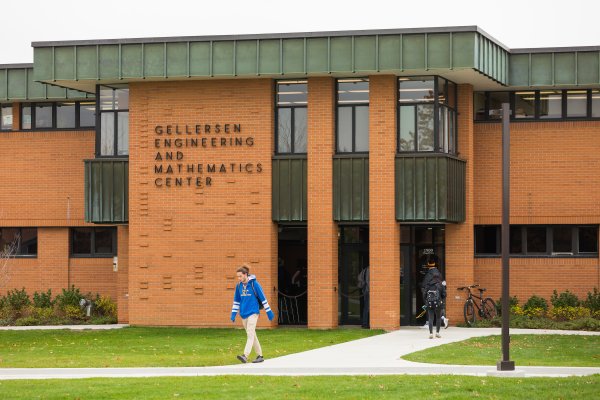Simulation and Modeling
CS 325 introduces one of the most powerful tools available for understanding complex systems.
Scientific thought has long relied on modeling — creating a (usually simplified or reduced) representation of a phenomenon that contributes to understanding it. Computing aids not only in the construction and statistical analysis of models, but in their ability to represent change over time, a critical element in understanding and predicting the behavior of systems that include multiple variable or contingent elements.
Both natural and social processes often involve multiple contingent events, and mathematically solving all of the equations necessary to track them is often impossible. But numerical approximations are available and built into the tools used in computer simulation. Computer simulations are prime examples of the capacity of computing to lead to transformative expansions in human knowledge.
Computer modeling and simulation can be profitably applied in nearly every field of human endeavor, helping people understand topics as various as rush-hour traffic, the spread of the Ebola virus, how protein molecules are configured to interact with other molecules in the body, the path of a hurricane, or the behavior of subatomic particles at the inception of the universe.
CS 325 presents methodologies used in computer simulation, explores the role of simulation as a complement to laboratory experimentation, and addresses the analysis, appropriate use, and limitations of simulation models. Students learn to create simulations, display and analyze the results, and evaluate the benefits and drawbacks of a given model.

